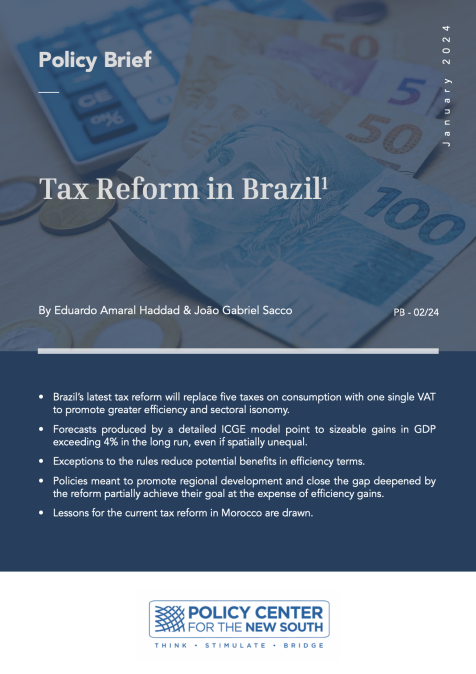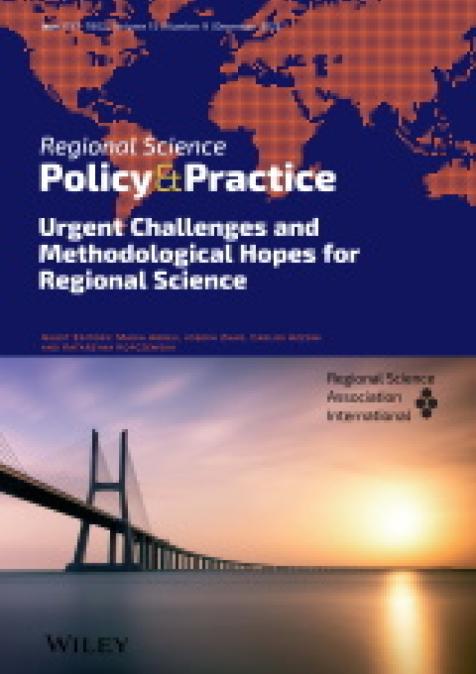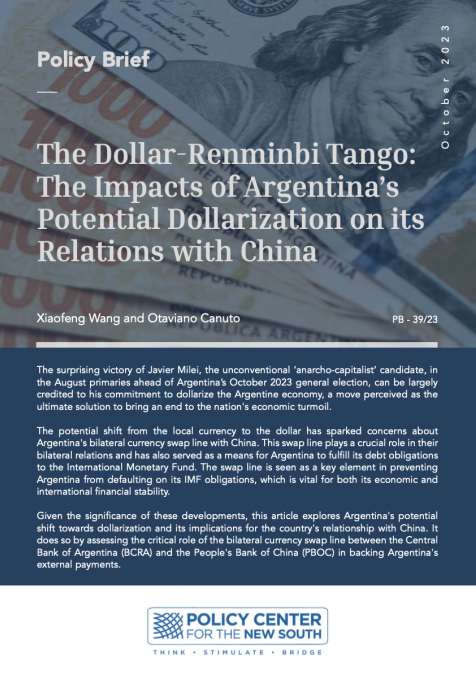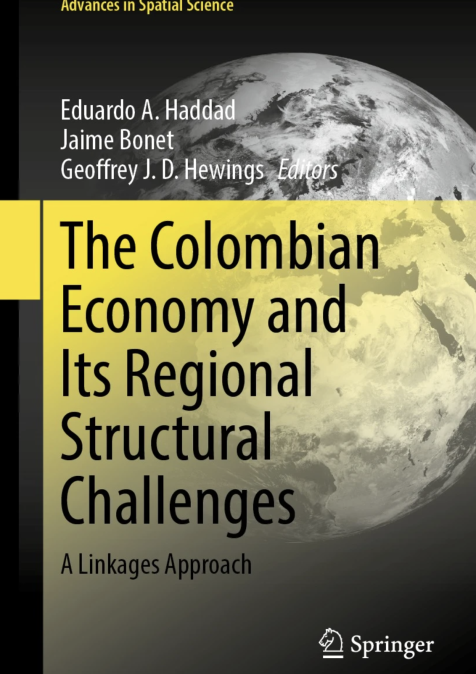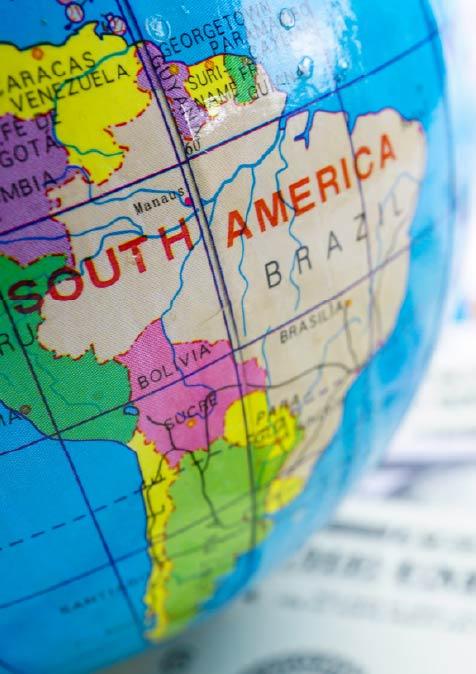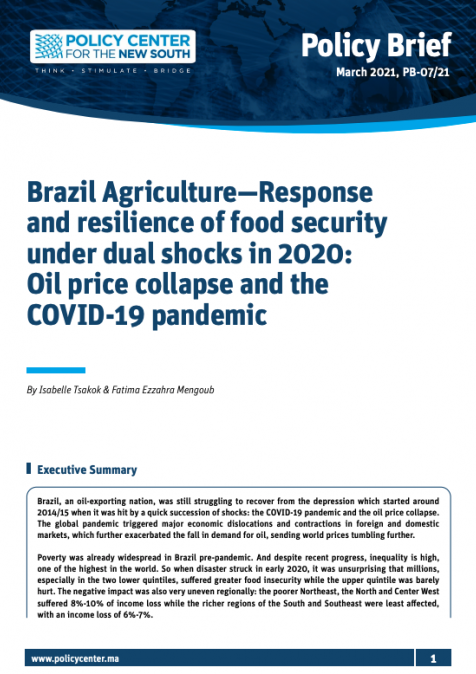Publications /
Opinion
China's push for Latin American consumers reflects changes back home.
Chinese financing in Latin America is changing. After becoming a major source of capital flows to Latin America and the Caribbean over the past 15 years, a more diverse range of investors has surfaced, interested in channeling resources towards infrastructure, governments and state companies.
The profile of the Chinese investment in the region tracks the evolution of China’s economy as it moves toward a higher reliance on services and domestic consumption.
Lending by the China Development Bank and China’s Eximbank was, until recently, directed mostly to infrastructure and the energy sector. In recent years, however, China’s development lending to Latin America and the Caribbean has been larger than lending from the World Bank, the Inter-American Development Bank (IDB) and the CAF Development Bank of Latin America combined.
Of the estimated $140 billion China has lent to Latin America since 2005, over 90 percent has gone to four countries – Venezuela, Brazil, Argentina, and Ecuador. More than 80 percent of China’s foreign direct investments, either as greenfield investments or through mergers and acquisitions, have gone to Brazil, Peru and Argentina, with Mexico also rising as a destination for manufacturing investment in recent years.
This shift in focus has brought the emergence of new investors. Direct investment in the region went from almost nothing in 2005 to likely passing $110 billion by 2018. The initial focus was on the extractive industry (oil, gas, copper, and iron ore), but currently, more than half of the flows are going to services. Chinese investors' pursuit of opportunities in transport, finance, electricity generation and transmission, information and communications technology, and alternative energy services catering to local markets is growing at rapid speed.
China-backed commercial financial institutions and platforms have also established their footprint in the region, actively engaging in private sector deal-making. Besides co-financing projects and setting up regional investment funds, four major Chinese commercial banks have ramped up operations in the region, many in partnership with international banks. The scale and number of transactions may be smaller, compared to the lending spree led by development banks, but point to a qualitative change in the structure of financing options coming from China.
Increased participation of non-state investors has introduced new sources of dynamism and diversification to Chinese direct investment in Latin America. Brazil’s emerging tech industry, for instance, has successfully and continuously attracted high-profile Chinese investments. Additionally, Chinese participation in mergers and acquisitions into specific value-added sectors reflects new consumption habits in China, ranging from vineyards in Chile to meat-packing plants in Uruguay.
Attention to risk when looking at potential returns has also come to the fore among Chinese investors, particularly after the experience with Venezuela. As domestic regulations and lending caps tighten in China given concerns with its increased financial fragility, a more stringent look at the country's development lending can be expected.
State-owned enterprises still lead among Chinese investors in Latin America and the Caribbean, from mining, infrastructure and oil and gas to hydroelectric plants. China’s policy response to the global financial crisis in the form of large-scale stimulus given to infrastructure and housing sectors generated excess domestic capacity in heavy industry and in real estate, while financially boosting industries such as construction, retail and wholesale trade, hotels and restaurants. This overcapacity then went to look for foreign markets. In fact, China’s physical integration abroad via the “One Belt, One Road” initiative has become a vehicle to put its overcapacity in construction and heavy industry to work elsewhere.
Recent episodes of contention with Latin American governments around environmental impacts and corruption associated with some previous lending deals have highlighted the need for China’s investment finance to reckon with risks and the fallout from environment and governance issues. Official guidelines on environment and social policies for Chinese companies investing abroad have been issued, signaling the matter has caught the attention of Chinese authorities.
If Chinese deals used to be limited to construction – winning concessions, building a project, then leaving – new equity investments in Latin America indicate longer-term interests and ownership in projects beyond its construction to include operation, maintenance and more. This is especially true in port projects.
The speed and intensity of China’s growth-cum-structural-change has been to a large extent matched by the profile and volume of its capital flows to Latin America over the last 15 years. One may expect the continuation of a sizable Chinese footprint in the region. In order to maximize development bang-for-the-buck, however, the responsibility lies on the quality of Latin America’s domestic policies and the negotiation of agreements.

